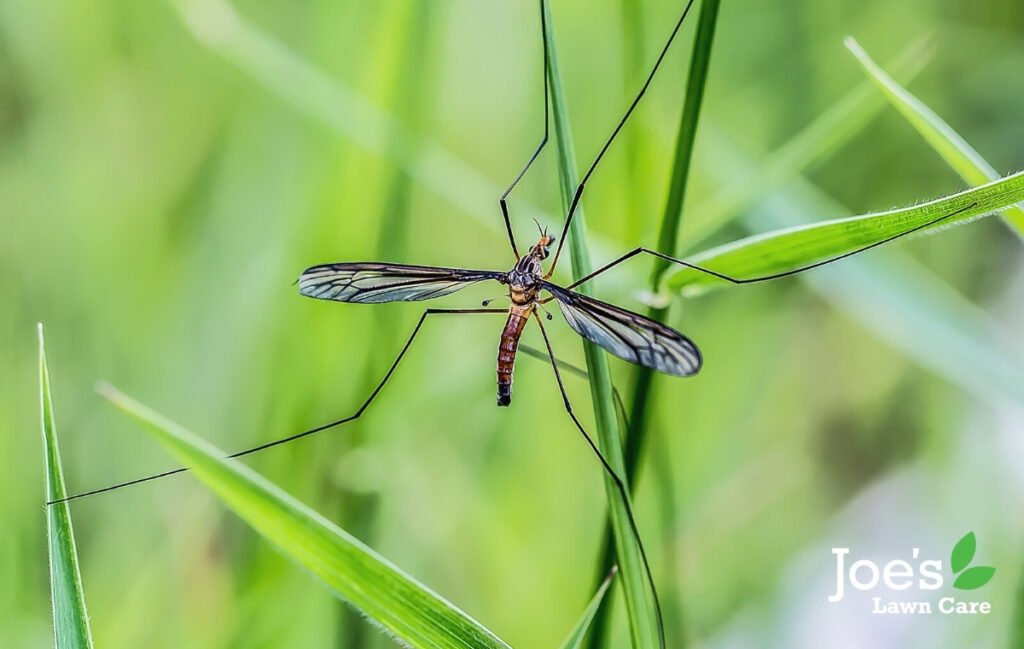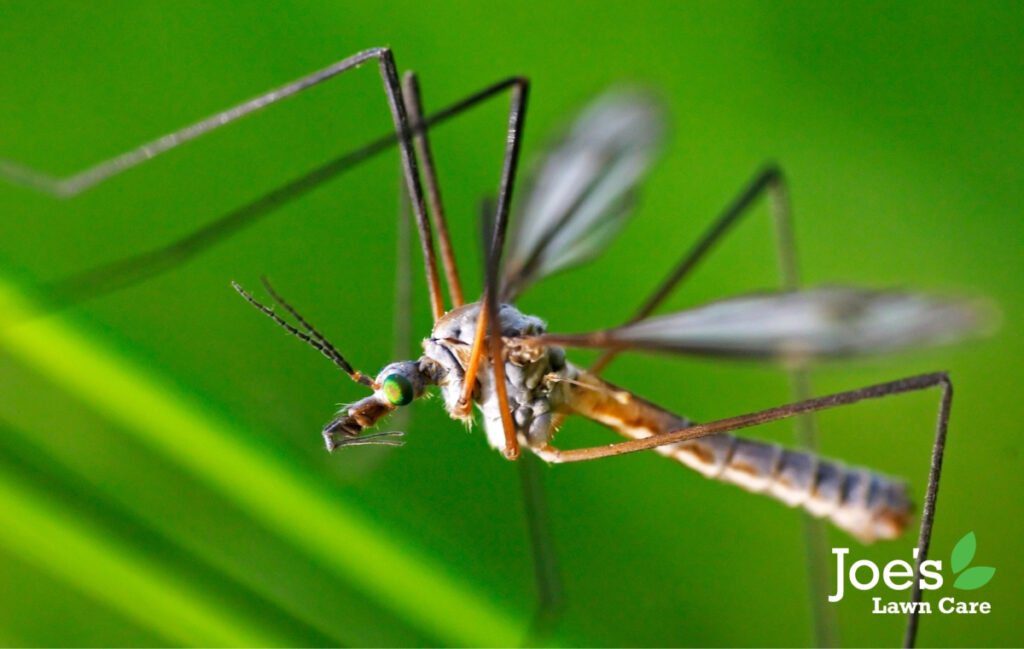How To Get Rid of Crane Flies in Your Lawn
Sure, the last weeks of Summer have their perks — the chance to top up your tan, surprisingly great weather, a few more beer-in-hand mowing sessions — but that doesn’t mean this section of Summer is without its flaws. For instance, if your home and garden haven’t been totally over-run by crane flies, lucky you, where have you been?
In case you don’t know what we’re talking about, they look like mosquitoes on steroids, have a wingspan of about 3 inches, have freakishly long legs, a stinger and make the kind of sound that fills you with fear when they enter your home at nightfall. That’s what they do. They flap around your living room in blind panic and this year there are more than ever.
The good news is: adult crane flies are harmless. Annoying and creepy, but harmless.
The bad news is: their larvae can do some serious damage to your lawn.
So with that in mind, here’s everything you need to know about crane flies and how to get rid of them from your lawn:

Why are crane flies so harmful to your lawn?
Here’s the short story: those hungry little crane fly larvae live and feed below the surface, eating anything they can from roots to grass blades to any other garden plant. Of course, you may be aware of this already, usually by their other name: leatherjackets. But what makes them so harmful is the fact they can live in your soil for up to a year, consuming all they can until they finally emerge from your lawn as fully-grown crane flies.
Thankfully, there are a few ways to get rid of these crane fly larvae and eliminate the problem in an efficient and effective way.

Step 1: Look For Evidence of Crane Fly Larvae
A crane fly infestation will usually show up as either unhealthy yellow grass, patches of dead brown turf or even areas of bare dirt, so if you discover any of these signs in your lawn, carefully dig up a patch of your lawn and inspect the soil for any larvae. What you are looking for is little worm-like creatures that are either green, white or brown, especially in damp areas during autumn and spring. That’s when they’re most active. Whatever the case, if you find a bunch of crane fly larvae eating your lawn, roots and everything else, there’s only one thing to do: act quickly and stop any lasting damage from happening.
Step 2: Treat Crane Flies
At Joe’s Lawn Care, we’ve got a solution that’s 90% effective at knocking out crane flies—but here’s the catch: timing is key! We’ve only got a small, two-week window each year to apply the treatment for it to hit that awesome 90% success rate. Think of it like hitting a bullseye—nail the timing, and those crane flies are history!
Step 3: Drain Any Damp Areas
If there’s one thing crane flies love more than entering an open bedroom window at dusk and buzzing around your head just as you were about to fall asleep, it’s damp patches in your lawn. That’s where their larvae thrive. So, to avoid setting up this kind of luxury hotel for them, don’t overwater the lawn and make sure that your soil drains quickly. That alone will prevent any adult crane flies from laying their eggs there.
Thanks for reading our blog ‘How To Get Rid of Crane Flies in Your Lawn’. For more lawn care tips and tricks, follow us on Facebook and Instagram.





